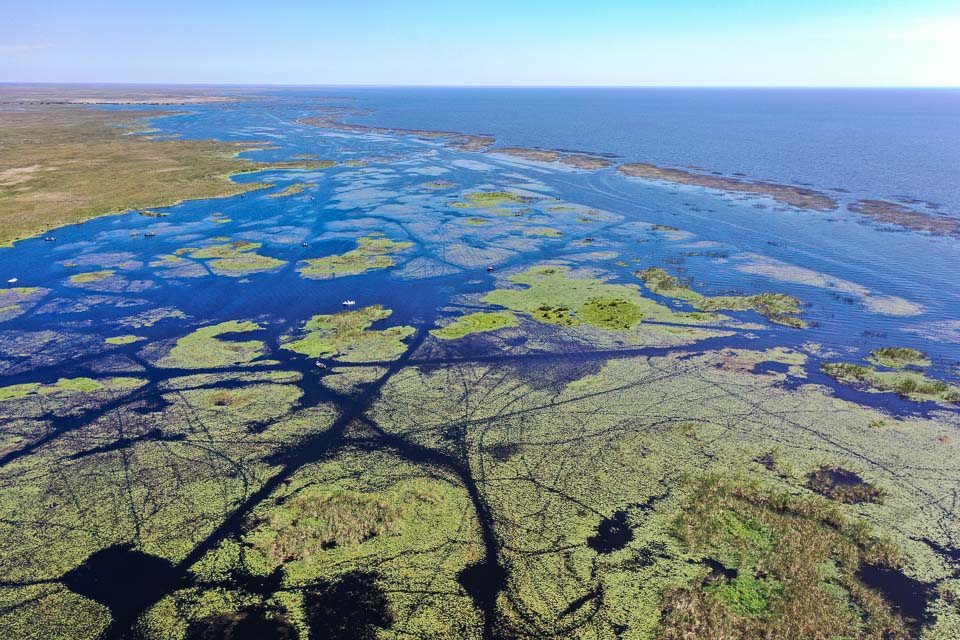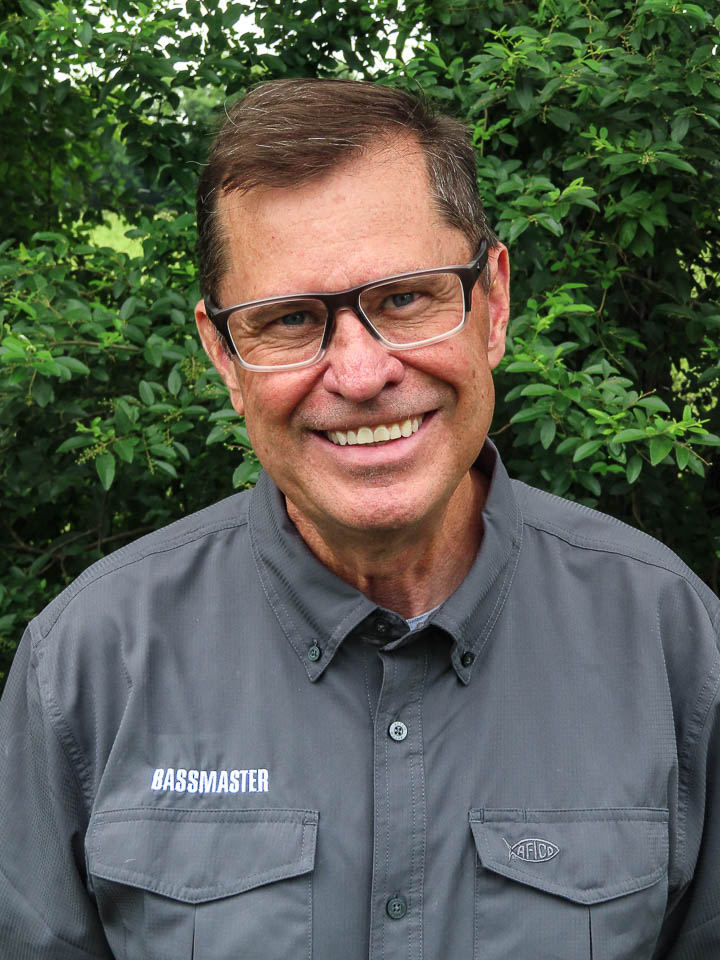
Think of Lake Okeechobee and big bass immediately come to mind, and why not? The lay of the massive lake is favorable for growing the over 25-pound, five-bass daily tournament limits that are commonplace. Diverse habitat supports a vibrant food chain, while the variety of plants and vegetation provide nursery support for bait and bass, and spawning areas and ambush points. Bringing it full circle is the Kissimmee River and a surrounding watershed that provides nutrient-rich water to support the fertility of the entire ecosystem.
The “Big O” continues to survive and thrive, in spite of various environmental challenges to its ecosystem. Bassmaster Elite Series pro Scott Martin, who grew up and lives on Okeechobee, reported stunning results from a one-day tournament held there in May 2023. Twenty limits exceeding 30 pounds were caught. Martin and his daughter finished 23rrd with their limit weighing (just) 29 pounds.
Lake Okeechobee’s sheer size can make it challenging to break down for a visiting angler. Consider these five areas that historically support consistent catches of largemouth. The key to all areas is water level. The lake is shallow, averaging only 9 feet, and only slight rises in the water level can spread the bass out across wide areas, also covering vertical habitat like sawgrass, reeds, and others.
On the lower end is South Bay, known for its large fields of vegetation and reeds with hard bottoms that area ideal for bass fishing. On the west shore is the Monkey Box, historically one of the best areas on the lake, favored for its abundance of hard bottom that is ideal for spawning. Clearer water is another key draw of the Monkey Box, and plenty of vegetation, all of which make it aa top choice for sight fishing and targeting spawning largemouth.
Harney Pond is another top choice, for its dense areas of hydrilla and related matted vegetation. Harney Pond is typically more protected from the wind, making it a go-to spot when windy conditions are in the forecast.
The North Shore is another bass magnet, offering miles of cattails and areas that are protected from the north wind. The same applies to the Kissimmee River, where Elite pro Tyler Rivet spent four days capitalizing on areas of isolated vegetation along the channel, winning the tournament with 86 pounds, 15 ounces.
Lay of the lake: The largest freshwater lake in the Southeast and third largest in the U.S., Okeechobee covers 734 square miles and is the heart of the central Everglades.
Trivia: Californian Dave Gliebe won the 1977 Florida B.A.S.S. Invitational with 95 pounds, 3 ounces, beating runner-up Roland Martin by a remarkable 42 pounds. Gliebe won the tournament on a rogue West Coast technique called “flippin” so new to the east side of the country that he—and Dee Thomas, the inventor of the technique—won other tournaments by wide margins until flippin was covered in textbook fashion in Bassmaster.
Where to stay: The towns of Clewiston, on the south shore, and Okeechobee, on the north side, are ideally suited for bass fishermen, with boat-friendly hotels, locally owned well-stocked tackle stores and more.
Good eats: Established in 1977, Lightsey’s Seafood Restaurant in Okeechobee sources it’s seafood from Lake Okeechobee and the nearby Atlantic Ocean and Gulf of Mexico, and the evidence is in the seafood case iced down with the catches of the day. You can watch the fish monger fillet your dinner before it’s cooked to perfection, and then enjoy dining on the outdoor dining area.





